Ve Anve'Famira
Roughly translating to "the Holy Mother and Father" and containing Elistrae and her consort Farenthal, this grouping occupies what is arguably the most important position of the Elven pantheon according to
all Elves, and is the first of two major exceptions to the idea that Elves have no universal Divinities.
These are the first and the last. The all and the nothing. The dark, and the light. The all that is, and all that is not- and the potential for all that
may come to be ... For that reason they occupy the highest rank for
all Elves irregardless of any other inclinations of worship or belief, and receive the first offerings in all rites performed within their various religions.
Ve Anve'Tri
Though various ethnicities focus their attention on only a handful of the Avandora, the second of the two major exceptions to the subdivision rule is the
Ve Anve'Famira- who are worshipped by all Elves (save, perhaps, the
In'alan) as a core trinity. This trinity is considered the parents of all Elvenkind, and consists of
Anheara and her two consorts
Corellon and
Enoreth.
While the different Elven ethnicities may maintain other figures as more important to everyday life and culture, the Anve'Tri are also nearly considered universal. In fact, outside of Ve Anve'Famira, they are the only additional Deital grouping that are still given significant religious respect by all of the Elven ethnicities- even if they don't place emphasis on any of them them as central religious figures.
Among certain smaller cults, the figures of this Trinity are often syncretized with other Divinities. Most notably this includes the Lunar syncretization of Anheara with Eilistrae- and the Solar syncretization of Farenthal with both Corellon and Enoreth.
This does not necessarily mean they are
worshipped, however. But they are, at the very least, always acknowledged and given respect by all Elves.
Satra Anve'Tor ai v'Anve'Hora
The 4 "sisters" and their "Husband"- not all of whom, according to other Sophonts at least, necessarily meet the gendered "requirements" of such titles; these are primal elemental deities of chaos and creation in equal measures, and the fundamental blocks of both life and survival.
These Deities are most commonly worshipped by the
Thai'lar and
Ma'aelra in particular; the Thai'lar tend to place heavy emphasis on Tarsellis (
Anve'Hora Vila, or “The Wild Husband”) as chief of the Divine- while the Ma'aelra, on the other hand, typically place their emphasis on the four elemental Deities (
Satra Anve'Tor, or “The Four Sisters”) that sit opposite them.
When we first came to delta we were led to the tree by Tarsellis himself ... It was known to us by its rich purple, which made clear that it was his gift and blessing to us. And on this, we built our greatest city to honor him.
Mora e'Anve
Mora e'Anve is less a group and more a title bestowed upon a single Goddess: Sehanine; while arguably more important to the
E'Celaena and
Caenala'Vi, Sehanine is closely connected to
Anve'Famira ai Anve'Tri and plays an integral role in the hierarchy of the Avandora as a whole- acting as the spiritual and metaphysical guide, both of the Gods themselves,
and of all Elvenkind.
It is Sehanine who acts as Divine Prophetesses and Oracle; who interprets dreams and omens; who keeps the records of all that once was, all that is, and all that will ever be; who counsels the Divine on the ways to best help Elvenkind- and who acts as their messenger to the Elves; and who guards closely the secrets of Divinity, and introduces the Elves to the great mysteries of death when their time has come.
Some niche religious cults found among the Caenala'Vi also include Analor and Falon’Dir in this category of Deities. The E'Celaena are also known for holding this belief- though among the E'Celaena, it is accepted as standard. In both cases, though, Analor and Falon’Dir are considered either consorts to Sehanine, or merely her aids.
The E'Celaena in particular consider Sehanine a tri-faced Goddess of masks who switches masks whenever she switches domains. This has lead to the formation of a minor cult among them which considers all three of these Divinities a single being altogether, without the association of masks at all.
Anve'Vaenna ai Anve'Dannae
The title of this group roughly ranslates to "The Builders and the Destroyers", and it includes the largest group of dieties- all of whom maintain connections to both the positive and negative elements of society and civilization, morality, and the like.
While Elves are often seen as the overly indulgent purveyors of the beautiful, an often overlooked aspect of Elven society focuses on the social contract; etiquette, manners, and all related things are of paramount importance to the Elves- and those concepts are embodied beautifully in two figures of the Avandora:
Allophira, and their consort
Cellarinia. These figures represent social and cultural moors, society, and the joy and celebration of community.
Though incredibly rare, there are certain pockets of In'alan (and some rare Thai'lar, even) who worship Allophira and Cellarinia as a single syncretized figure- typically under the latter's name ... To those who do so, this combined Deity is the mother of all civilization, albeit one much more transient in nature than the "originals"; some minor elements of Orlaene's nature of overindulgence can be found in this syncretization- particularly in regards to the consumption of food and drink at communal celebrations marking important community events such as births, deaths, and marriages.
Orlaene and
Mesaltrune, two of the darker figures, lurk on the edges of this duu- representing the unweaving of society; one through overindulgence, and the other through the illicit. The final figure,
Vandria, represents the ever-swinging pendulum of war: Its necessity for protection, but also its capacity for destruction. But while Deities like
Allophira and
Cellarinia are upheld as the epitome of society, the others are not always worshipped except by individuals in specific fields of work. Rather, by the average person, they are offered-to more in exchange for them ...
Turning a blind eye from them, so to speak.
Regardless of who is (or isn't) worshipped from this grouping, all Elves recognize that the lows of existend
must come with the highs. And so this grouping is seen as one representative of the balances of society in
all its forms.
The Mother of Mercy
Unique to
Tolara in particular, is the worship of
Imalda e'Yisonn- a figure known as
The Winter Sun: Beloved Hero and Mother of Tolara; she was an
E'inaran woman who now holds a special place in the eyes of
all the Elves of the continent (but especially the other
Tolaran E'inari), as she was responsible for saving those who became the continent's first settlers after their ship wrecked off its coast (leading to the continent’s initial discovery, and the founding of the city of
SaetharKori).
Some cults venerate her as an Elven Deity in her own right. But most merely consider her Divinity-
adjacent due to her lack of proper ascention to
the Weave; not wholly mortal, but not having met the criteria of full Divine Ascension, either. Still, she is widely celebrated in
Tolara and even has her own religious holidays among the people (including the celebration of
Semain e'Imalda Fenenia).







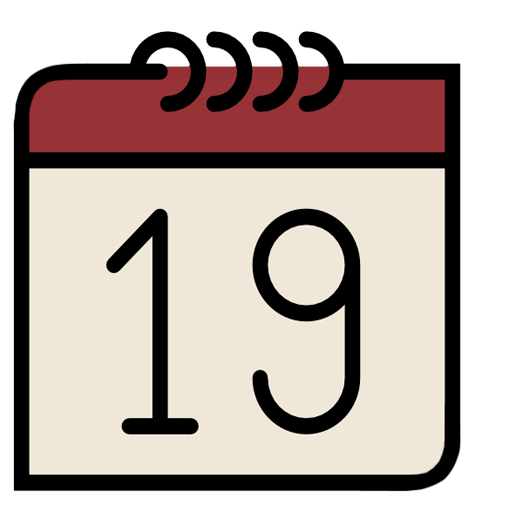

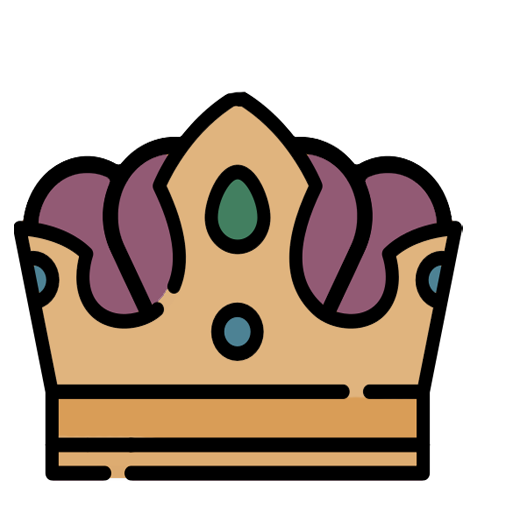
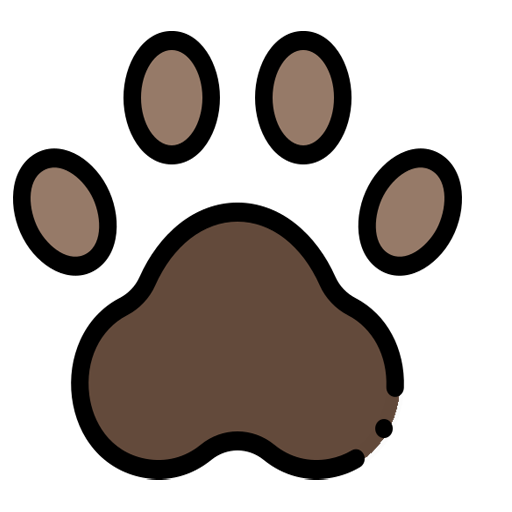
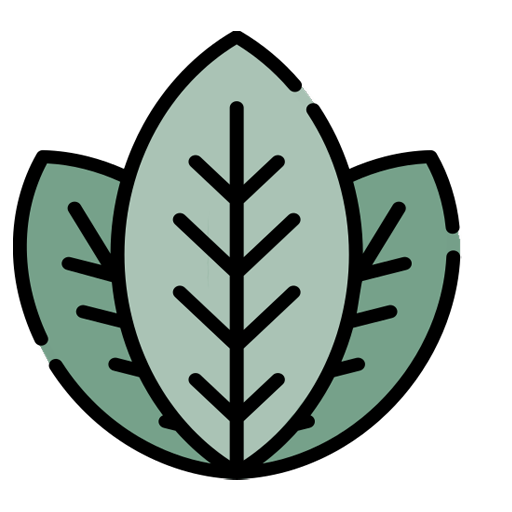
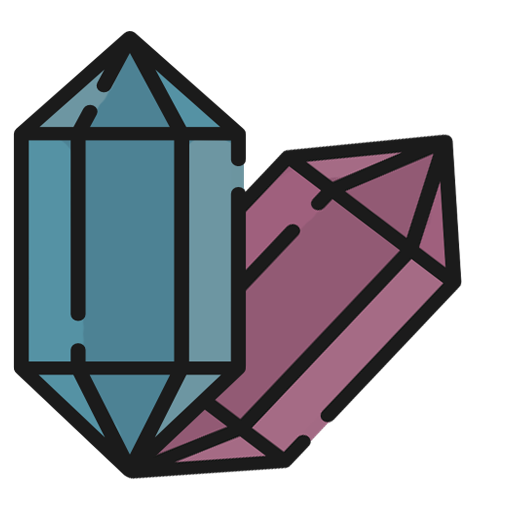
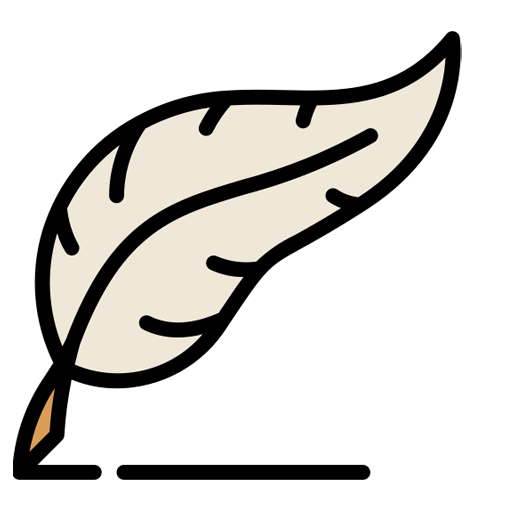
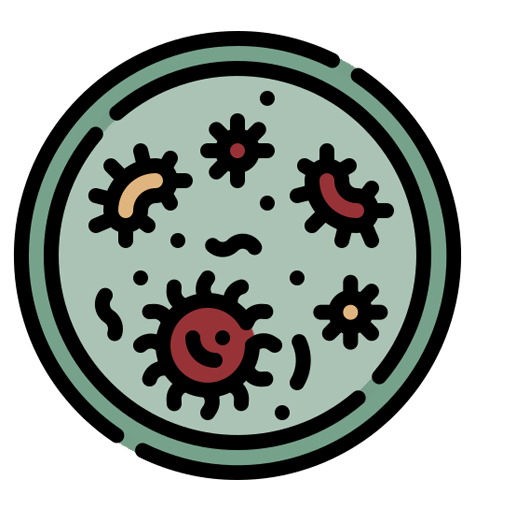
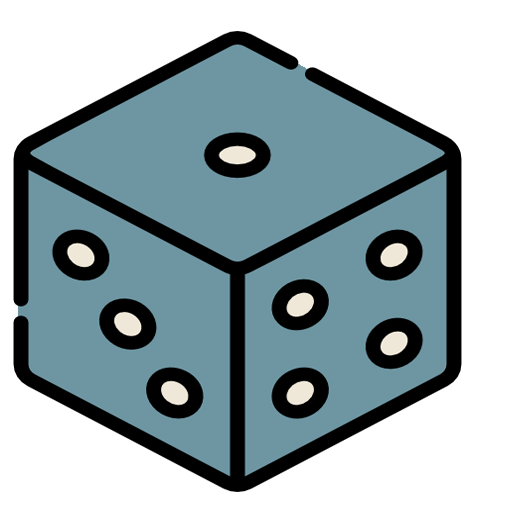
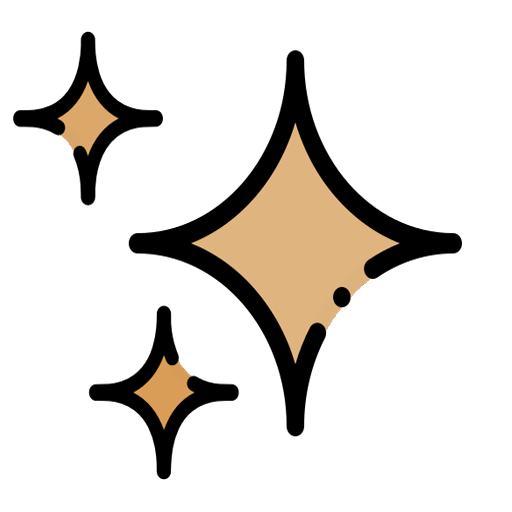




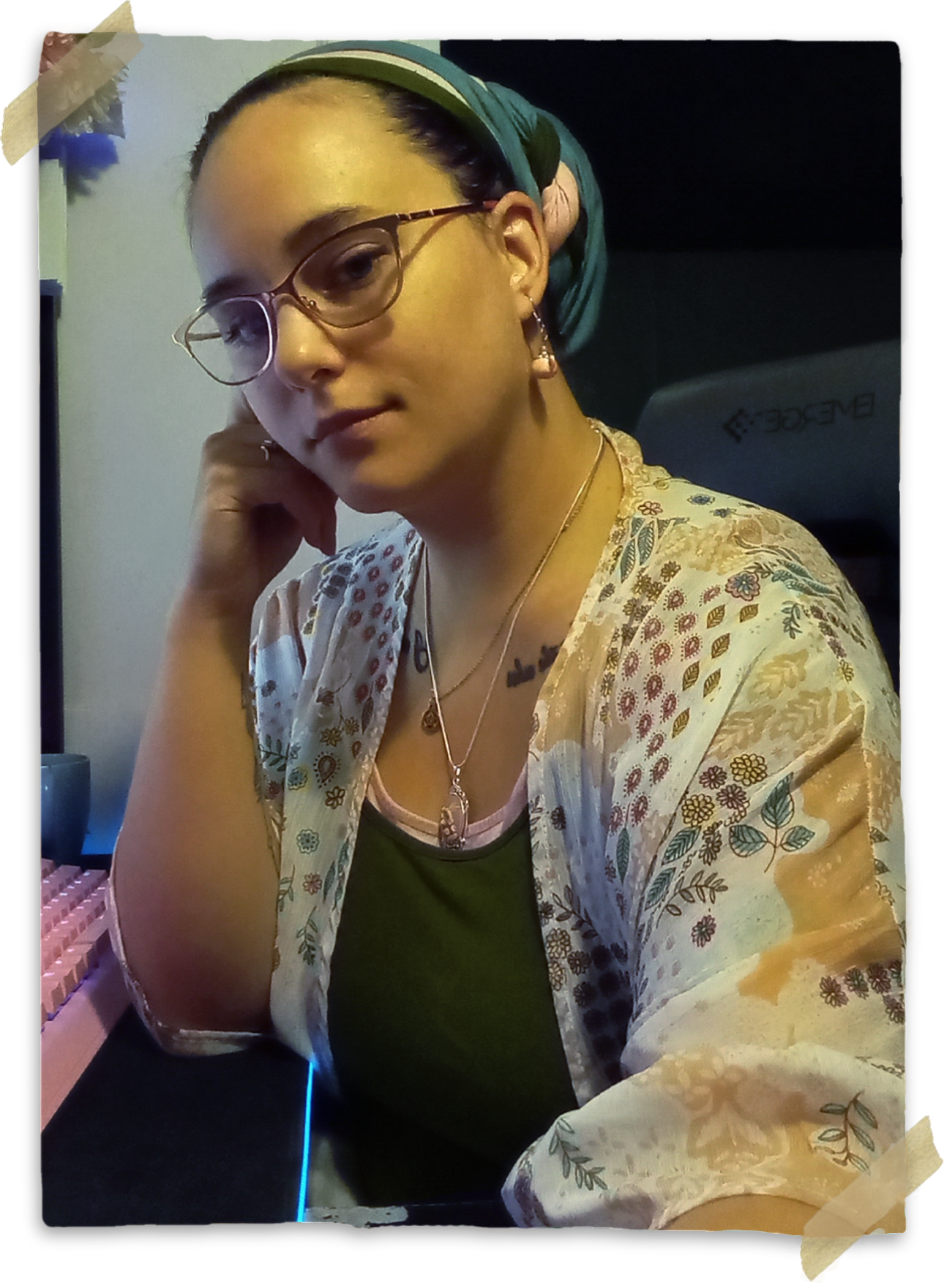
Comments
Author's Notes